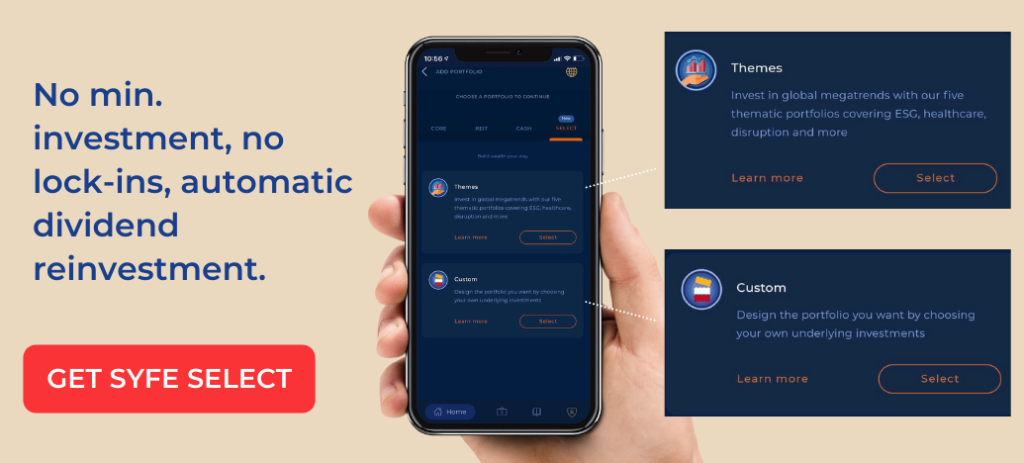
Core-satellite investing marries the benefits of strategic asset allocation with the potential of market-beating returns. Commonly found in many institutional portfolios, this strategy has caught on among private investors.
A poll found that 66% of money pros in the Financial Times 400 list of leading advisors have built some form of core-satellite portfolios for their wealthy clients.
One way to visualize this strategy would be to think of a planet surrounded by its moons. There is a core of long-term index investments surrounded by complementary satellite investments which offer the potential of enhanced diversification, outperformance, or both.
Therein lies its appeal: Many investors want to keep costs low and capture the market’s returns as efficiently as possible. But they also like the idea of holding a few investments that can offer the possibility of higher returns. In a sense, a core-satellite portfolio provides the best of both worlds.
Building a strong core
The ideal core is a low-cost exchange traded fund (ETF) portfolio that provides market exposure. Economically, this makes sense. You are automatically invested in hundreds, if not thousands, of securities with just one ETF. They have much lower fees compared to many active funds that invest in similar assets. Moreover, research has consistently shown that most active managers have not outperformed their index benchmarks over the past 10 years. So, why pay more?
An effective core portfolio should include both equity and bond ETFs with exposure to different sectors and geographies. This provides ample diversification while reducing stock or sector-specific risks, which in turn lowers portfolio volatility and smooths investment returns.
Adding your satellites
Satellites are portfolios or investments that typically carry more risk than the core, but also offer the opportunity for outperformance. These can include funds that tilt towards certain investment styles or sectors, as well as specific stock picks. These could be growth stocks for investors who are still building up their net worth and want share price growth, or real estate investment trusts (REITs) for investors who need income.
Some investors prefer to use actively managed funds as satellites in the belief that they can add value in more narrow or niche segments of the market. But that’s not always the case.
Nowadays, there are many ETFs that invest in certain sectors or reflect certain market trends. For example, if you believe in the growth of emerging markets, you can add an ETF that tracks the MSCI Emerging Markets index. You gain targeted exposure to emerging markets while still enjoying the low fees and instant diversification that ETFs deliver.
Is core-satellite right for you?
Core-satellite portfolios are suitable for investors of all stripes. They can be as conservative or as adventurous as you prefer – the investments you choose will depend on your individual risk tolerance, timeline and investment goals
Typically, financial advisors recommend that your core investments make up 70% to 90% of your overall portfolio. The actual splits will depend on your personal circumstances, so it is important that you go with about an asset allocation that is most appropriate for your goals.
How core-satellite investing can work
Implementing a core-satellite strategy can be as simple as owning two portfolios. For the core component, start with a diversified ETF portfolio like Syfe Core Portfolios. These are diversified across equities, bonds and gold.
For the satellite portion, Syfe offers many options. You can invest in Syfe Select’s thematic portfolios ranging from ESG to healthcare to disruptive tech. Or, you can build your own portfolio to get the exposures you want. For instance, you can add cloud computing, cybersecurity, biotechnology, solar energy and many more exposures with Syfe Select Custom portfolios.

Prefer real estate investments? You can use a REIT portfolio like Syfe’s REIT+ portfolio to gain exposure to Singapore REITs. The portfolio tracks the SGX’s iEdge S-REIT Leaders index, which measures the performance of the most liquid REITs in Singapore, the likes of Ascendas REIT, Capitaland Integrated Commercial Trust and Mapletree Logistics Trust and more.

A core-satellite approach is an effective yet interesting way of building wealth over the long term. You benefit from the steady market returns generated from your core investments while enjoying the thrill of your satellites outperforming the market from time to time. In fact, it’s a win-win-win. Better diversification, low fees and the potential for higher risk-adjusted returns.






You must be logged in to post a comment.